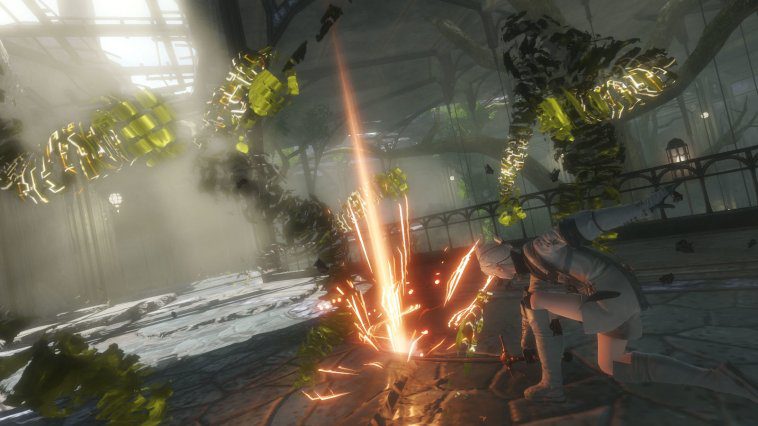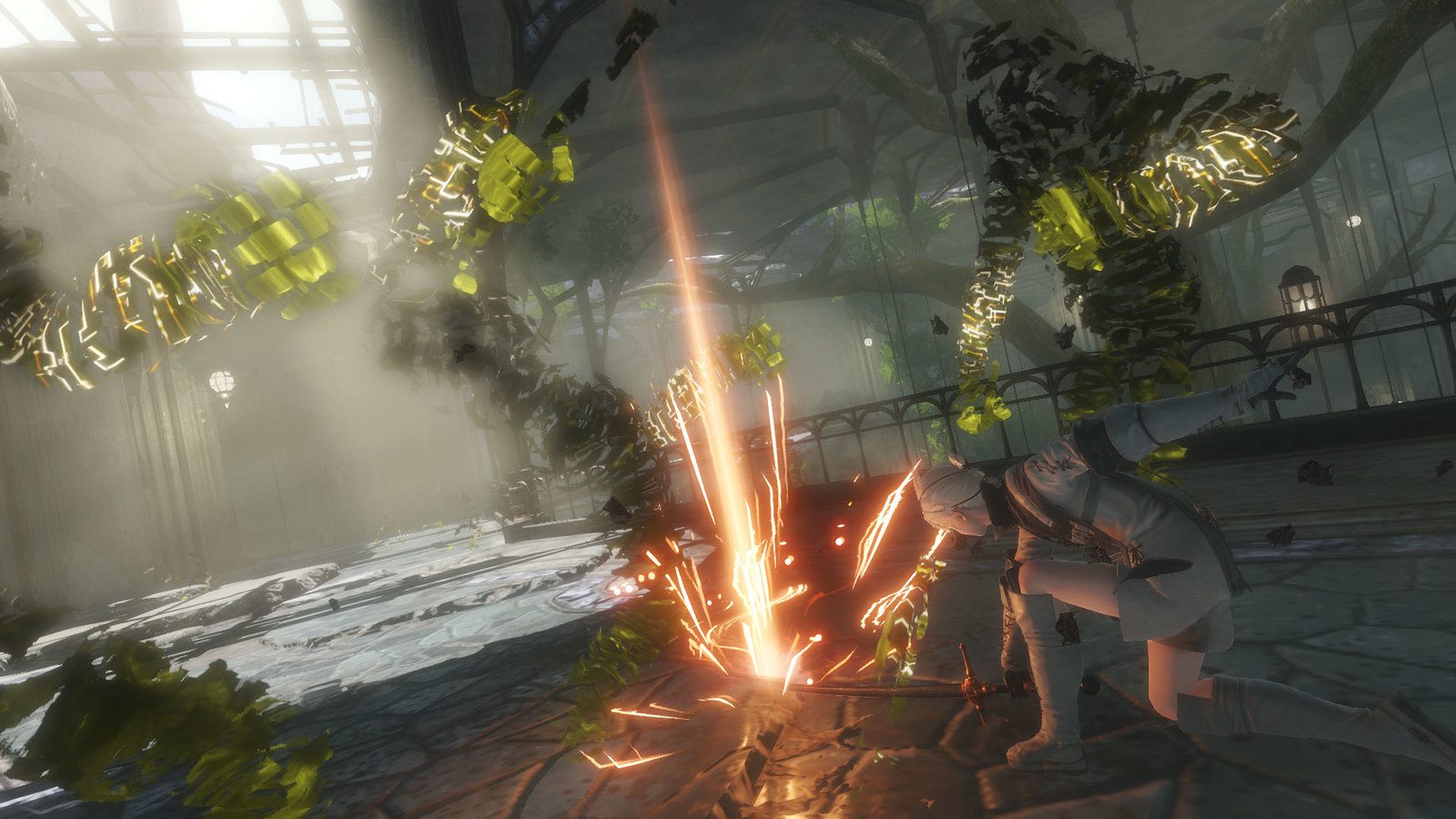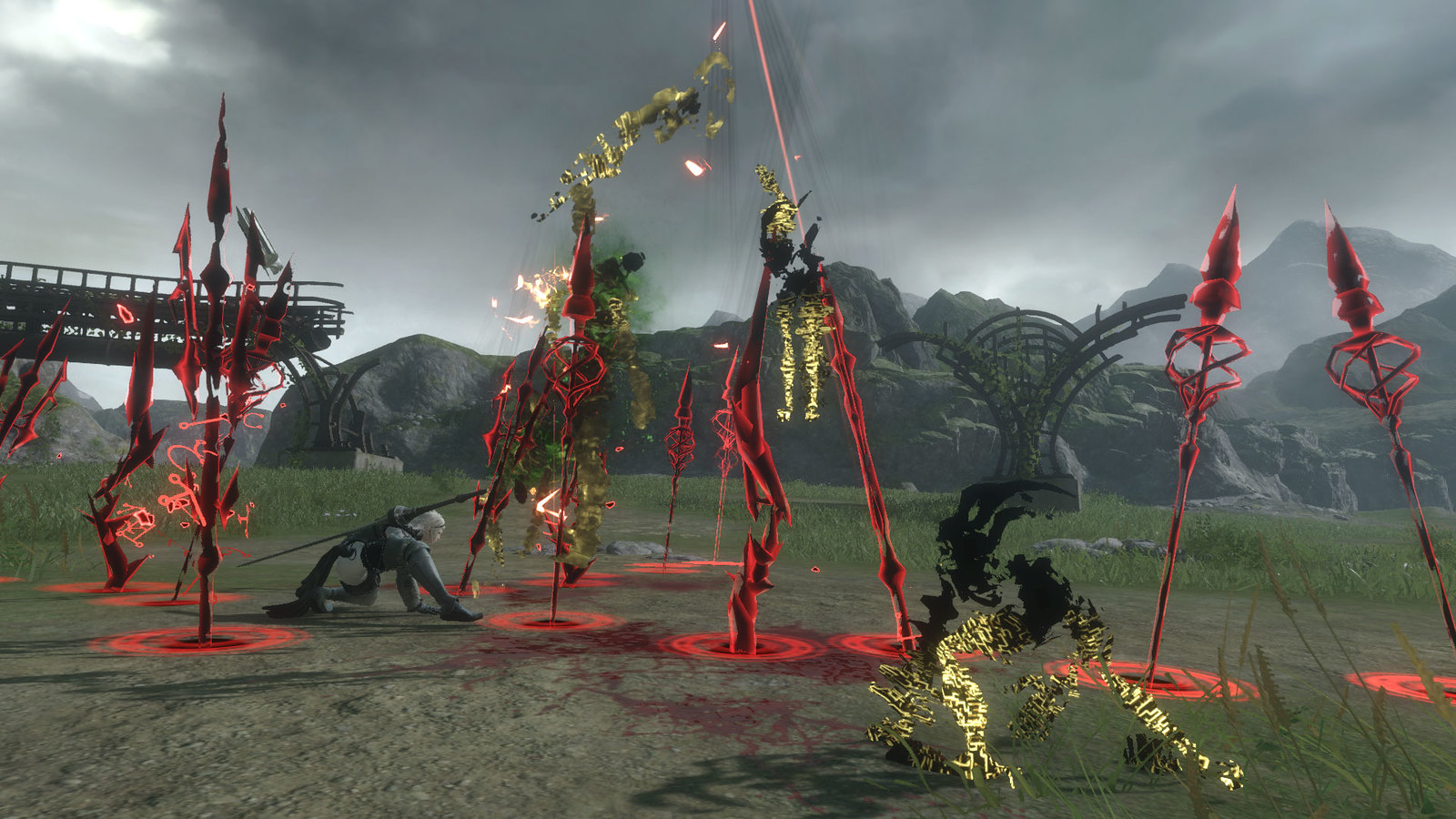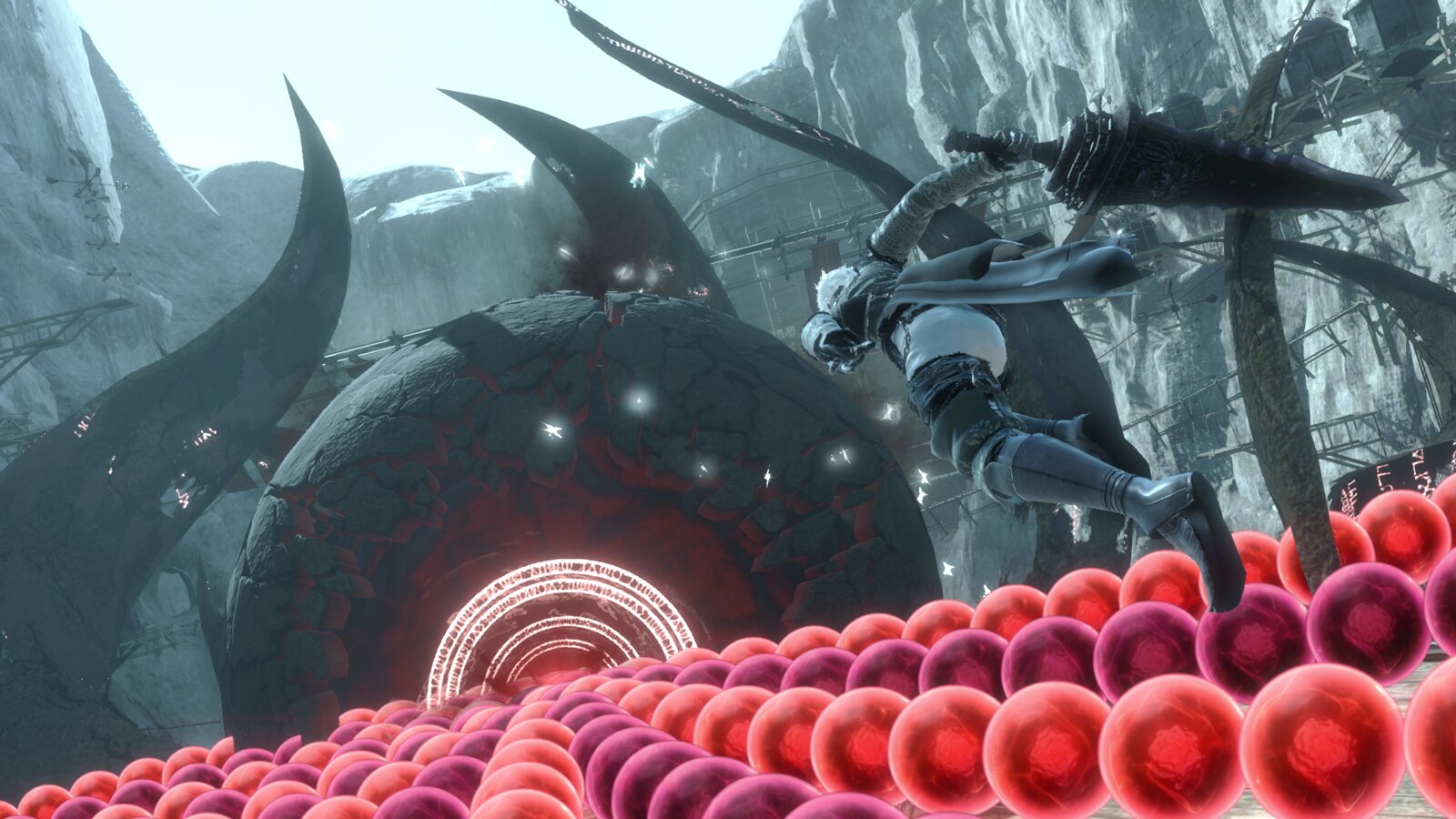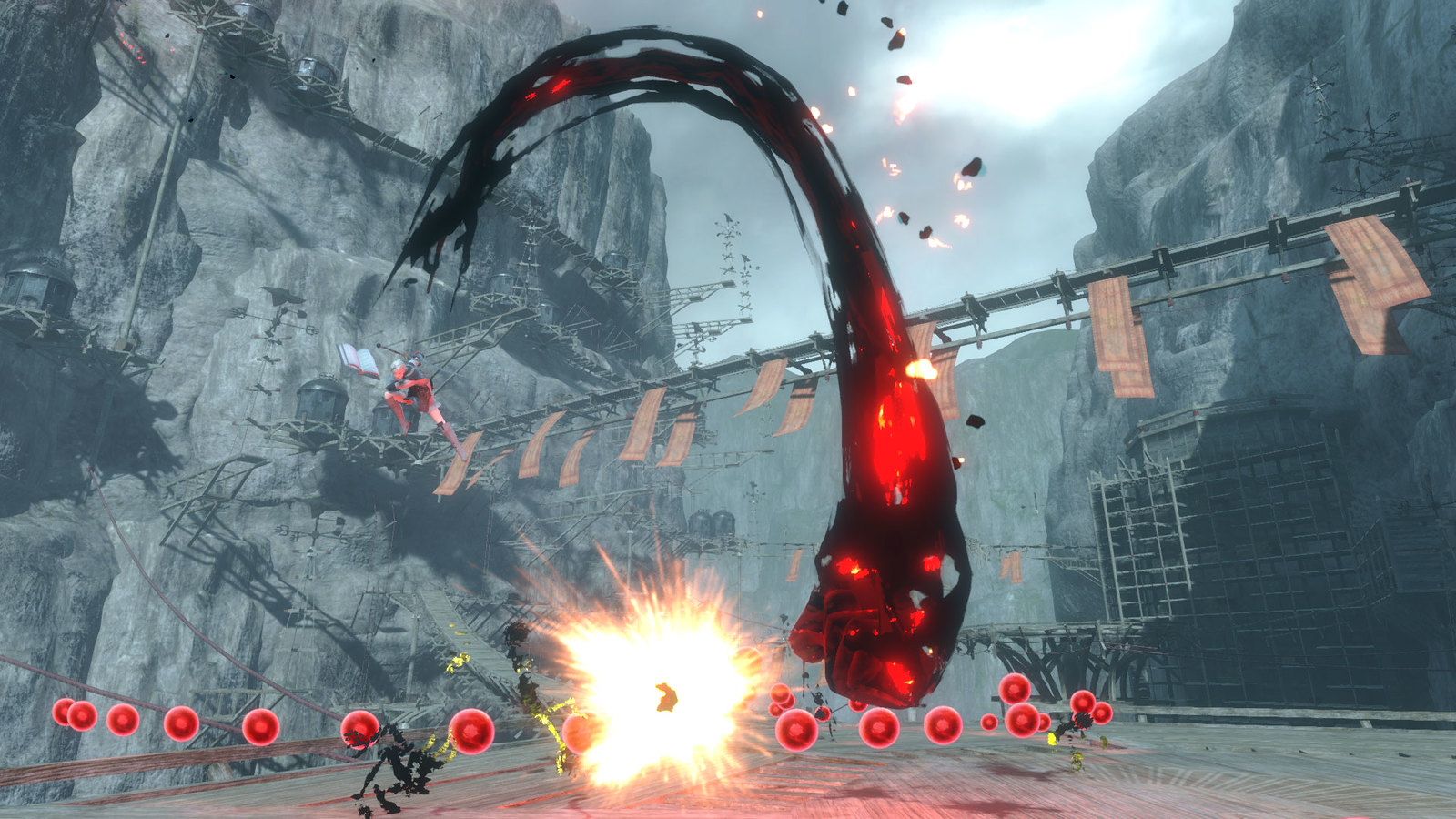When NieR Replicant launched in 2010, one of the most memorable facets of the PS3 action RPG was its soundtrack, masterfully created by Keiichi Okabe. Since then, the 51 year old Japanese composer has revisited that haunting sci-fi world on multiple occasions. Outside working on arrangement albums and live concerts, he returned for acclaimed series’ sequel NieR:Automata in 2017. And in a few short months we’ll hear modern-day reimaginings of those classic tracks, created especially for an updated version of the original entitled NieR Replicant ver.1.22474487139…
In anticipation of that game’s release on April 23, we had the chance to ask Okabe-san about revisiting that seminal work over a decade on and find out how the game’s ethereal soundtrack is being reinterpreted for this new version. Alongside discussing those rerecording sessions, the composer also gives insight into his creative process behind select game tracks, both original and new.
You have created music for a vast number of games before composing for NieR, one of the works you are most known for. In what ways was composing for this game a unique challenge at the time?
Previously, I was involved more with arcade games, rather than console games. So, often I would be asked to create flashy music with a momentum to excite you for battle. However, with NieR, I placed heavier emphasis on the music fulfilling its role of expressing the unique world or conveying the emotions of a particular character and the feelings trapped in their heart.
The music did not clearly envision happiness, anger, sadness or levity, but instead, was created to give the listener a sense of all the emotions swirling around in the nooks and crannies of their heart—like the faint glimmer of hope amidst the sorrow, or sadness mixed with bitterness.
“We recorded a youth choir for this song, and I remember it was quite a difficult endeavour compared to recording an adult choir.”
Empathy is perhaps the most important theme of NieR. How do you translate this feeling into music?
I, myself, love music that evokes a lot of emotion. So, it wasn’t too big of a struggle to express that in my work. However, incorporating that flavor into most of the songs, and still giving it some variety, plus having to create the large number of songs, was what I struggled with.
Rather than the backing track, I try to inject emotion into the melody, and I feel that might be inspired from old movie scores.
“The piano in the background repeats a similar arpeggio, but the melody develops throughout the song.”
One of the unique aspects of NieR’s score is the presence of vocals on most of the background tracks. Were there any significant challenges to composing video game music with so much vocal work back then and, if so, how did you make it work?
Whenever we included vocals into music intended for video games or cinematic pieces, I would always get feedback such as, the vocals overlapping with the character’s voice would make it hard to hear dialogue, or that the lyrics would cause things to be unintentionally implied making it feel intrusive. As such, whenever Yoko-san makes a request for voices, like a vocalist or choir to be included, I try to go for more delicate, breathy tones with their own atmosphere, rather than going for someone with more power. This is so that the vocals won’t stand out in a negative way.
Additionally, one of the main characteristics of the sound of NieR is the echo. By making the effects of the echo a bit deeper, I feel it allows for the vocals to blend into the space better, so to speak, and make it sound airier. This helped give it a more unique sort of presence, as opposed to typical vocals.
“In the original, we had a Japanese boy soprano sing this song, but this time around, we recorded someone in Hungary, so I encourage you to listen and compare the wonderful points of each version when released.”
How much did you know about NieR when jumping into the project 10 years ago? What aspects of NieR and its story did you take most inspiration from when writing?
When I first started writing songs for the original NieR Replicant, the game itself was still in its prototype stage and going through various trials and errors. So, I tried to strike a balance between what Director Yoko Taro requested and the music I wanted to create, while not being able to visualize it.
Before I even worked with Yoko-san in a creative capacity, we were friends, since we graduated from the same college. And so, even when we first worked on the production together, I could provide input and ask questions without having to hold anything back. As such, it was easy to grasp the intent behind the requests he would make.
I was informed by Yoko-san early on that the music was going to be a substantial element in the presentation of the game, so that was something I definitely kept in mind. For example, “Song of the Ancients / Devola” is set up so that you only hear the vocals when you approach the singing character, but otherwise it’s an instrumental track without vocals. There are the types of stipulations I would run into.
From creating the first song, all the way to finishing up the last song, I worked on it little by little over the course of a very long time. As more progress was made in the game development, I received more information and tried to strike a balance from there.
“Out of all the dark songs in NieR, this song is one of the darker, and more claustrophobic, songs.”
NieR’s soundtrack was met with tremendous acclaim. Since its original release, there have been arrangement albums, live concerts around the world, and so much more… How has this legacy impacted how you create music today?
It is my role and mission to quietly move along composing and arranging music, record those songs in the studio, incorporate that music into the game content, and deliver that to you, the players, via the medium. The only way I can find out what kind of impact my work is making on the recipient is by looking at the reactions I find on the internet and trying to imagine it in my head.
However, being able to hold concerts, and seeing fans’ expressions from the stage, or having meet and greets where I can communicate directly with people, has allowed me to get a real feel for everyone’s sentiment. That was very refreshing for me, and it has made a lasting impression. There is no doubt that the experience contributes to my motivation to continue creating even now.
“While NieR has many songs with a dark tone, this one is unusual, and is meant to give you the feel of an expansive, open field.”
Can you tell us a little bit about the direction you took when re-recording the score for NieR Replicant ver.1.22474487139…?
The music for the original title was created not just by me, but a few of the creators of Monaca alongside me. And for NieR Replicant ver.1.22474487139…, rather than creating the arrangements myself, I took more of a Music Director position and instructed our creators.

“The newly arranged tracks are meant to bring out the colors of each participating artist through their arrangements. This way, I feel that even those familiar with the songs can enjoy a new take on them.”
We re-recorded all the vocal elements that include Emi Evan’s vocals and the choir singing, as well as replaced many instrumental elements that were done on a machine with actual instrument performances, so I believe the sound is much richer this time around.
For those playing NieR Replicant for the first time in April next year, which song are you most excited for them to experience?
It is difficult to choose just one.
This time around, everything is more robust, including the recorded instruments, and I think one of the biggest changes can be observed in the battle songs that involve a fairly large, orchestra-like setup. Especially for those familiar with the original, I hope you enjoy listening for the differences.

“Due to the detailed editing that went into this track, this is a significantly different version from the track that is in the game. I think it can be enjoyed with a fresh perspective.”

“We were able to combine two versions of the original song with differing tempos, giving this version more oomph and making it more dynamic.”
Website: LINK

